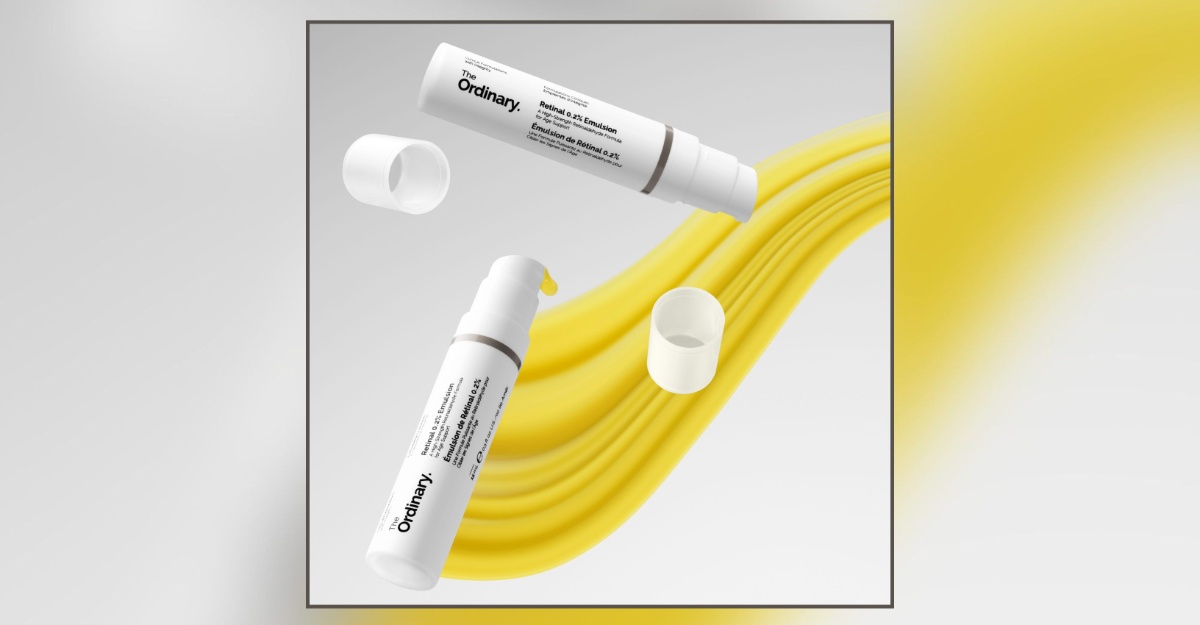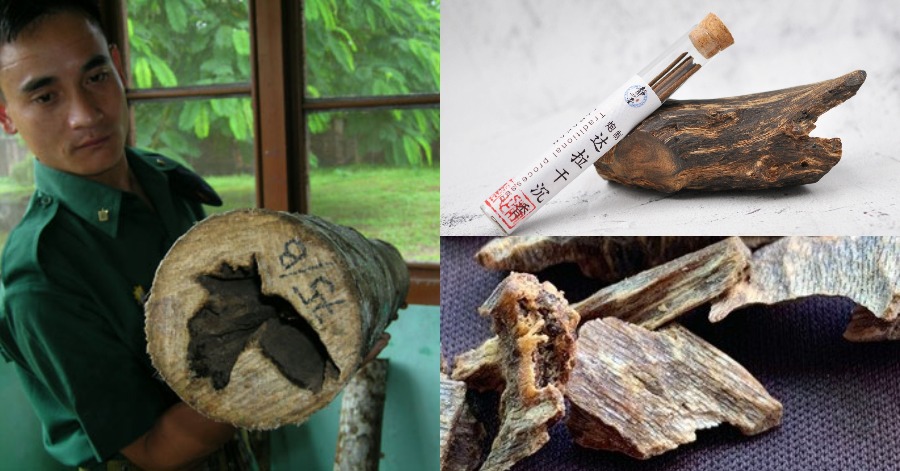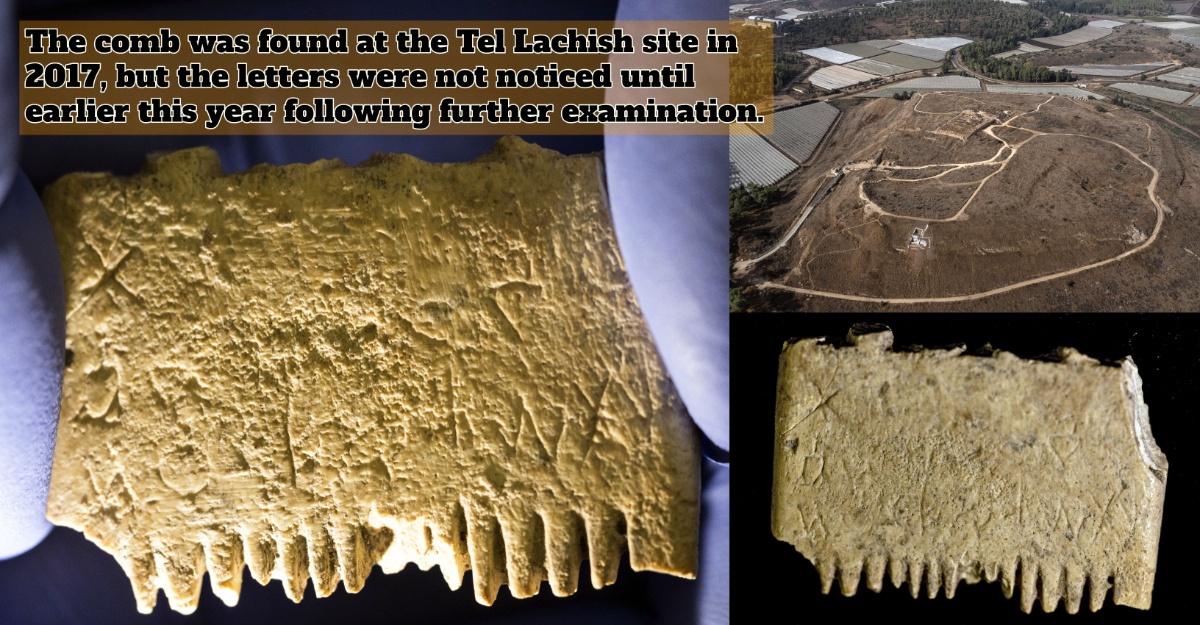When we talk about precious material, the thing that comes to our mind is gold, diamond and many more. Diamonds, platinum, and gold certainly come to mind when you think of the rarest, most valuable commodities on the planet, but did you know that a specific variety of wood is more valuable than any of them?
Yes, wood has a very high value. Kynam, or kyara in Japan, is a highly rare species of agarwood utilized in the perfume and incense industries because of its rich and powerful aroma. It is the most sought-after variety of “oud,” the Arab peninsula’s term for the black resinous wood produced in the heartwood of the aquilaria tree under certain conditions. A single gram of kynam may bring well over $10,000, making it the most expensive wood and one of the most expensive natural materials on the globe.
In essence, kynam is the greatest agarwood money can buy, and it’s crucial to note that all forms of agarwood are relatively costly. For thousands of years, agarwood, also known as aloeswood, eaglewood, or simply oud, has been an essential element of Chinese, Japanese, Indian, Arab, and Southeast-Asian traditions. It has always been a valuable commodity, but demand has risen dramatically in recent years, raising the price with it.
A Brief History

Picture: Vietnam Agarwood
For thousands of years, the Kynam Tree has been a part of Chinese culture. 1 tael (50 grams) of agarwood was worth 1 tael of gold during the Song Dynasty. By the time the Ming Dynasty began, agarwood had become even more precious, with 1 inch of agarwood being worth as much as 1 inch of gold.
The wood is now rarer than it has ever been, making it much more precious. A single gram of sinking-grade kynam agarwood is worth several times the current gold price. It could be worth twenty times more on the Chinese market. Potentially even more in the hands of the right buyer.
So why is this wood so special?

Picture: Ali Express
Agarwood from Kynam is significant for a number of reasons. It has historical value and has played an important role in Chinese culture during many dynasties. Furthermore, due to its qualities and smells, this particular grade of aloeswood is one-of-a-kind. The Rikkoku Gomi is a Japanese grading scale that helps distinguish between the various classes. They, too, have a long history with agarwood. It’s generally used as incense these days, or in Japanese incense ceremonies. Depending on the incense stick, a box can cost hundreds of dollars.
According to Chinese legend, it takes three lifetimes of good fortune to come upon a real kynam tree, and eight lifetimes to truly appreciate the intensity of its smell. To say the least, the price of kynam agarwood is exorbitantly high due to the wood’s rarity and prestige.
Harvesting

Picture: Gaharu Jin Kou
Kynam is a true world rare that has recently sparked renewed interest. Kynam will very certainly never be widely available due to its high price. Farmers, on the other hand, have discovered a way to manually infect these trees with the bacteria that promotes resin development. The resin in this wood isn’t quite as good as kynam’s, but it’s still good enough for everyday use.
Agarwood woodchips start at $50 per gram when purchased from a farm. However, the farm price differs significantly from the reseller price. It could be double or even quadruple this amount by the time it reaches the buyer.
From seed to harvest, the process is not simple. And it’s not going to be easy. After planting a tree, it takes four to five years to harvest it. Harvests are typically small.
Of course, with these kinds of rare and precious materials, there are scams. Lots of people don’t even know how to check if the products they are buying are original and authentic and in the end, get scammed by millions! Here are two ways to see if Kynam would is authentic.
1. By smell

Picture: The Peak
Burning it is the most reliable method. A genuine piece of agarwood will emit a more aromatic scent than a counterfeit. Of course, merchants are unlikely to let you set fire to their goods, but the strength of the aroma is one way to spot fake agarwood beads at room temperature. Genuine beads have a milder scent that you can only detect when you hold them close to your nose, but imitation beads can be smelled from a distance. It should always smell nice, not pungent, despite its many distinct aroma profiles.
2. By appearance

Picture: The Peak
Agarwood’s veiny pattern is one of its most noticeable characteristics. The wood of the Aquilaria tree is light brown and odorless in its natural state. It becomes darker after being infected by phialophora parasitica, thanks to the resinous veins that give agarwood its color, and it is also more uneven than cultivated agarwood. Fake wood, on the other hand, can be dyed almost entirely black. Break the chip or bead in two if you can afford it, and if the wood within looks were substantially lighter than the surface, it’s been painted. This will also reveal if foreign things have been put into the wood to make it appear heavier, as extensively resinated agarwood commands a higher price.
Sources: Oud Base, Oddity Central, Reed’s Handmade Incense, The Peak























